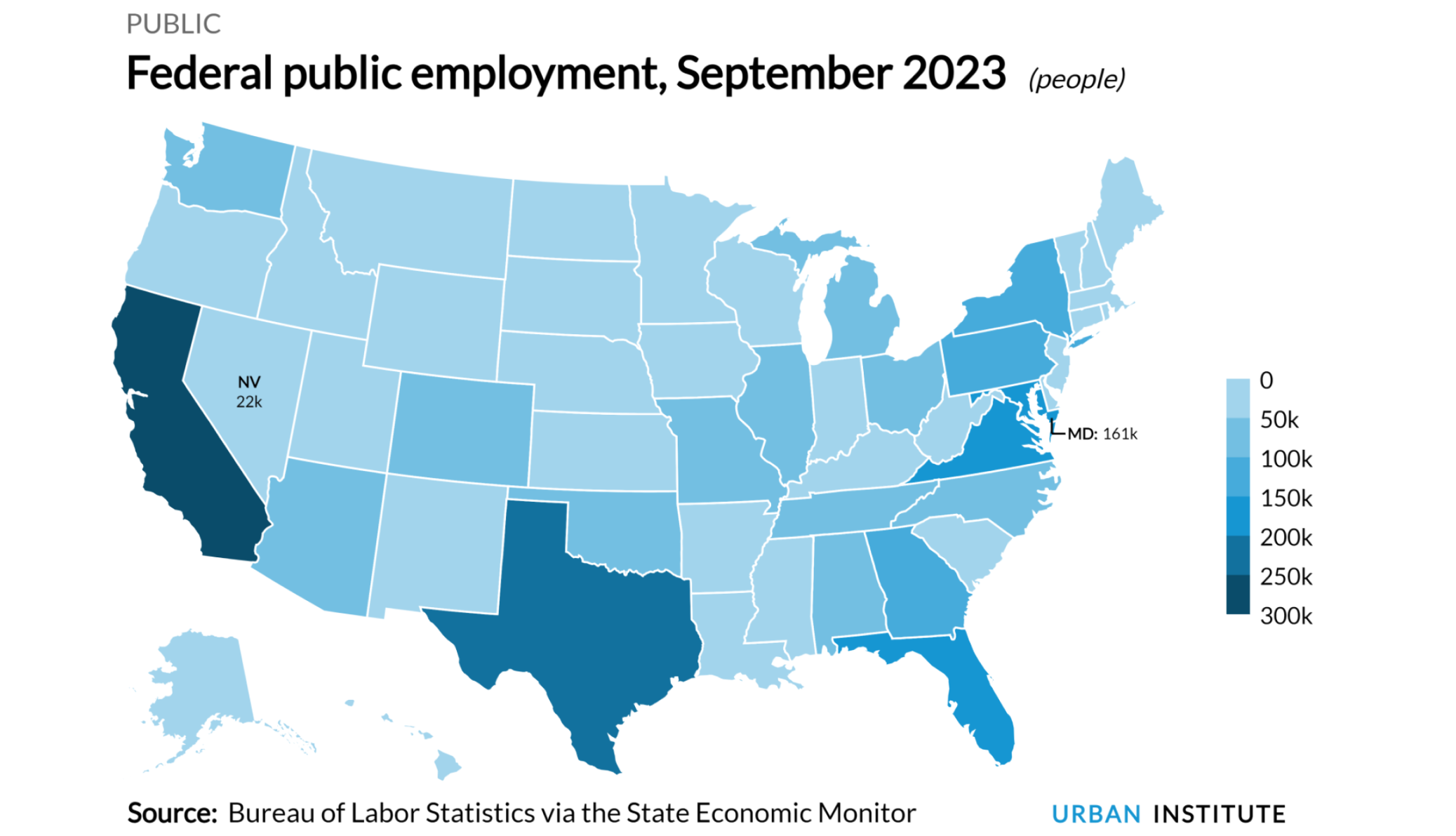Federal Circuit Says Extrinsic Evidence Should Have Been Considered in Claim Construction | Knobbe Martens
In a recent precedential opinion, the Court of Appeals for the Federal Circuit vacated an infringement judgement against Mylan (Actelion Pharmaceuticals Ltd. v. Mylan Pharmaceuticals Inc., No. 2022-1889, Fed. Cir. Nov. 6, 2023).[1] This Abbreviated New Drug Application (ANDA) litigation involved Actelion’s patents related to epoprostenol formulations, which cover Actelion’s brand name product, Veletri®, an injectable drug for treatment of severe pulmonary arterial hypertension. [2]
Actelion asserted infringement of claims of U.S. Patent Nos. 8,318,802 (“the ’802 patent”)[3] and 8,598,227 (“the ‘’227 patent”)[4]. The asserted claims of the ’802 patent and the ’227 patent relate to lyophilized epoprostenol pharmaceutical formulations formed from a bulk solution. According to the patents, a high pH results in greater chemical stability in the lyophilized formulation of the product.[5] The asserted patent claims each require that the bulk solution used to form the epoprostenol composition has “a pH of 13 or higher.”
Actelion argued before the district court that “a pH of 13” should be interpreted to include pH values which round to 13, for example 12.5. Actelion cited three textbooks to support its arguments. Mylan argued at the district court that “a pH of 13” did not include any pH values less than 13, or that if it did, that the textbooks actually supported a narrower range of 12.995-13.004. However, the district court did not consider the textbooks as they were extrinsic to the patent, and instead only relied on intrinsic evidence. Based on the patent claims, specification, and prosecution history, the district court construed “a pH of 13” as encompassing values from 12.5 to 13.4. The parties stipulated that Mylan infringed the patent under that claim construction, and Mylan appealed.
The Federal Circuit held that the district court should have considered the parties’ extrinsic evidence, such as textbooks, which describe how a person of skill in the art would interpret the claimed pH values. The Federal Circuit began with the claim language and found that both Actelion’s and Mylan’s interpretations were equally plausible when reviewing the claim language alone. The Federal Circuit next reviewed the specification, which inconsistently described the level of specificity for a pH of 13, again leaving the interpretation of the claim term ambiguous. The Federal Circuit then reviewed the prosecution history, which also did not provide clarity as to which interpretation was correct. Because the claims, specification, and prosecution history did not provide adequate guidance to reach a proper construction, the Federal Circuit concluded that the district court should have considered extrinsic evidence such as the textbooks.
Based on this error, the Federal Circuit vacated both the district court’s claim construction order with respect to the claimed pH range and the judgment of infringement. The Federal Circuit remanded the case to the district court with instructions to consider the extrinsic evidence and its impact on claim construction.
[1]
[2]
[3]
[4]
[5] See ’802 patent at col. 4, ll. 8-10; ’227 patent at col. 4 ll. 15-18.






